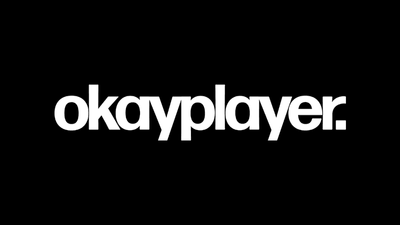Damn, Mr. DJ: The Art of the DJ Drop + How It’s Evolved Over Time
Two weeks have come and gone since the arrival of Kendrick Lamar’s DAMN., the highly-anticipated follow up to his third studio album To Pimp a Butterfly. For his latest opus, the Compton-born lyricist took fans on a journey of colorful sounds as he chin-checked everyone from Geraldo Rivera to the corrupt police force and humbled his opponents (insert Drake and Big Sean).
With each listen of the 14-track project, K. Dot taps into a different sphere of the black experience as he explores the complexity of fear, love, lust, loyalty and more. Production and lyricism aside, the most striking aspect of the album is undoubtedly the presence of Kid Capri. With East meeting West on wax, Capri's patented drops throughout the album are damn brilliant.
Whether it's at the start of "Element" or the riveting "Duckworth," the Bronx native's larger-than-life ad-libs are forever embedded in one’s brain. “What happens on Earth, stays on Earth” is a timeless phrase that serves as a reminder of something greater beyond this existence. It’s shrewd and vague in nature yet powerful especially when recited at the level of bravado with which Capri projects. The significance of the "name drop" or "DJ drop," however, dates back far beyond the time Kung-Fu Kenny put pen to paper or even before Kid Capri began scratching vinyls.
Initially, the name drop was a bi-product of black radio stations. During the latter half of the 1960s, DJs created name drops or show IDs in an effort to garner recognition among their listeners. One of the first known pre-recorded name drops was spawned from the free flowing mannerisms of a California producer by the name of Sylvester Stewart aka Sly Stone.
During his time as a wise-cracking DJ on San Francisco’s KSOL, Sly would slip in the equivocal, “Who’s the coolest?” as he riddled off weekly announcements. Sly’s lively energy and knack for blending soul with punk earned him notoriety throughout Oakland, as well as the title of a trendsetter.
While it was common practice for emcees to give props to their DJ during performances, the notion of having a signature phrase wasn’t. As hip-hop began to blossom in New York City during the late 1970s, the rise of DJ crews did as well. Notably, Grandmaster Flash and The Furious Five or as many will attest the pioneers of the “get down.”
Long before laptops made their way into the booth, DJs had to take a creative approach when it came to using drops in their mixes. The use of inexpensive samplers or records that correlated to their moniker was commonplace. In the case of Grandmaster Flash, the heroic efforts of Flash Gordon gave way to his signature drop: “The Adventures of Flash.”
Overtime the role of the DJ has transcended from a ringleader of sorts into an outright wizard, as most tend to lend their skills on the 1s-and-2s to production as well. With this comes the evolution of the DJ drop, as it has spawned a new way to recognize the efforts of a rap song’s architect.
No longer being relegated to “just the DJ,” producers are now more than likely to leave their calling card on a record especially with more musicians flocking to these beat architects to assist them on their path to success.
Listen to some noteworthy DJ and producer drops below + share your thoughts with us @Okayplayer:
Kai Miller is a New York City-based writer + a woman of exceptional words. You can see her work at places like Revolt TV, Billboard + VashtieDotCom. Follow her latest + greatest @TheKaiMiller.
